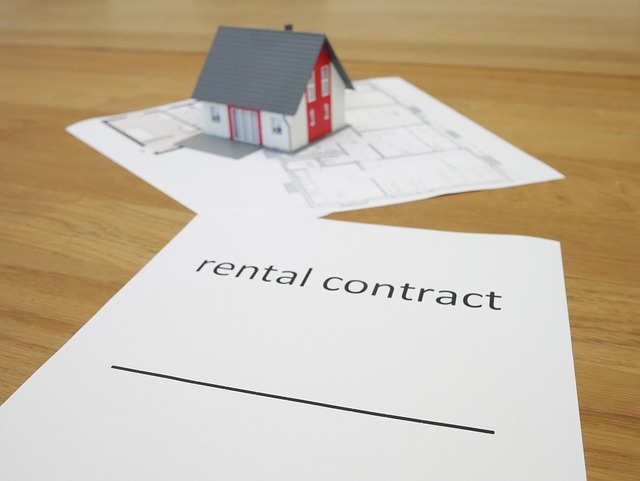Checklist for Cross-Border Due Diligence on Property Purchases
Buying property across borders requires careful planning and a structured checklist. This article summarizes essential due diligence steps — from confirming title and local regulations to assessing financing, taxation, and market factors — to help buyers make informed, evidence-based decisions.

Cross-border property purchases add layers of legal, financial, and practical complexity that demand a structured due diligence approach. Before committing funds, buyers should verify ownership and title chains, understand local taxation and zoning regimes, evaluate housing condition and renovation needs, and confirm financing and liquidity options. The sections below break down the most important checks and documents to reduce risk and align expectations with local market realities.
How does location affect housing and investment potential?
Location is central to any property decision: it influences housing demand, rental prospects, resale liquidity, and exposure to local market trends. Verify neighborhood safety, proximity to transport, schools and services, and planned urbanism projects that may change supply or desirability. Check local vacancy and rental rates if you consider rental income, and research long-term trends such as population growth or decline. A property that looks attractive on price alone may face poor liquidity or weak rental demand if located in a declining area.
How to assess valuation and appraisal across borders?
Valuation and appraisal practices vary by country. Seek a licensed local appraiser who understands comparable sales, replacement cost, and income capitalization (for rental properties). Obtain a written appraisal and compare it with recent market transactions and listed prices to identify discrepancies. Consider multiple valuation methods where possible, and adjust for currency risk and differences in market transparency. Accurate valuation supports sound investment analysis and informs mortgage and taxation calculations.
What zoning and taxation checks are required?
Zoning and land-use rules determine permitted uses, development potential, and renovation constraints. Request official zoning maps and any certificates of land use; confirm permissible density, permitted commercial or residential use, and heritage or environmental restrictions. Taxation checks should include transfer taxes, annual property taxes, capital gains rules, and any withholding for foreign buyers. Understand double taxation treaties or exemptions that may affect net returns, and factor ongoing tax compliance costs into your planning.
How to evaluate mortgage options and liquidity?
Financing availability and terms differ widely across jurisdictions. Explore local mortgage products, down payment requirements, interest rate types, and whether foreign buyers qualify. Compare domestic lender terms to international mortgage providers and consider currency mismatch risks between income and debt. Assess liquidity by estimating how long similar properties take to sell in the local market and by checking demand drivers. Confirm any restrictions on repatriating sale proceeds and the local process for settling mortgage liens.
What to consider for renovation, rental, and upkeep?
Inspect the structural and mechanical condition through a professional survey and checklist tailored to local building norms. Factor renovation costs, permit requirements, and contractor availability into your budget. For rental strategies, verify local tenancy laws, typical lease lengths, allowable rent increases, and licensing for short-term rental platforms. Include ongoing maintenance, insurance, utility standards, and contingency reserves in your financial model to avoid surprises after purchase.
How do market trends, sustainability, and urbanism matter?
Monitor local market trends such as price growth, supply pipelines, interest rate trajectories, and demand shifts driven by employment or tourism. Sustainability expectations are increasingly shaping value: energy performance, flood risk, and climate resilience can affect insurance costs and occupant demand. Urbanism initiatives — transit expansions, regeneration projects, or zoning reforms — can materially alter a property’s prospects. Use publicly available planning documents and local market reports to validate assumptions rather than relying on anecdote.
A final checklist of practical documents and checks: verified title and land registry extracts, certified appraisal, zoning and planning certificates, up-to-date tax statements, building inspection report, copies of permits for prior renovations, lender pre-approval terms, proof of funds and currency transfer rules, and a local legal representative agreement. Ensuring these items are in hand and reviewed by qualified local advisors reduces legal and financial exposure and clarifies the true cost and potential of a cross-border purchase.
Conclusion Cross-border property acquisition involves legal, fiscal, technical, and market due diligence. Focusing on location, validated valuation, zoning and taxation, financing and liquidity, and realistic renovation and rental expectations helps buyers make informed decisions. A documented checklist and local expert input turn complexity into manageable steps that protect capital and align investment outcomes with the realities of the target market.





